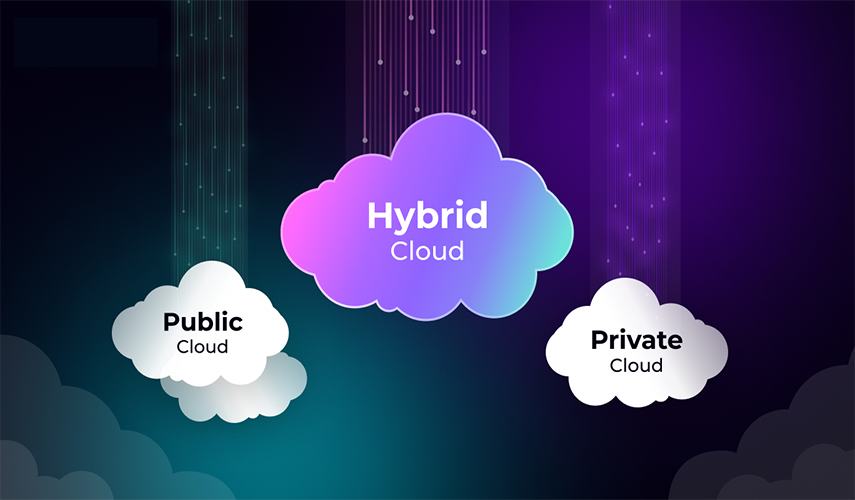
Compare Cloud Types
Cloud environments—Public, Private, and Hybrid—each offer distinct benefits and drawbacks regarding security, cost, control, and scalability. The best choice for an organization depends on its specific needs, risk tolerance, and workload characteristics.
Scenarios for choosing the right cloud type
Choose Public Cloud when:
- Cost efficiency is the top priority. For startups and small businesses with limited budgets, the pay-per-use model is ideal for avoiding large upfront costs.
- Workloads are dynamic or unpredictable. Use public cloud for applications with fluctuating traffic, such as websites, e-commerce stores, or seasonal business tools.
- You need rapid development and testing. Developers can quickly spin up and tear down environments, accelerating time-to-market for new applications.
Choose Private Cloud when:
- You must meet strict security and compliance requirements. Heavily regulated industries like finance, healthcare, and government often use private clouds to meet data sovereignty and privacy laws (e.g., HIPAA, GDPR).
- You require high performance for critical workloads. Dedicated resources eliminate the "noisy neighbor" problem found in shared public clouds, ensuring consistent, low-latency performance for mission-critical applications.
- You need full control and extensive customization. Organizations with unique configuration or architecture needs can customize every aspect of the infrastructure to their exact specifications.
Choose Hybrid Cloud when:
- You need to balance security and scalability. A hybrid model is ideal for organizations that want to keep sensitive data on a private cloud while leveraging the public cloud for less critical, scalable applications. For example, a financial institution might run its trading applications on a private cloud but use the public cloud for its customer-facing website.
- You are migrating legacy applications. A hybrid approach allows for a gradual, phased transition to the cloud, enabling an organization to modernize legacy applications at its own pace.
- You need disaster recovery and business continuity. Organizations can store primary workloads in a private cloud and use the public cloud for backup and failover, ensuring minimal downtime in case of a disaster.
